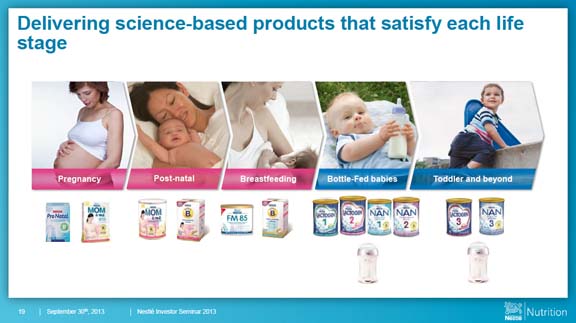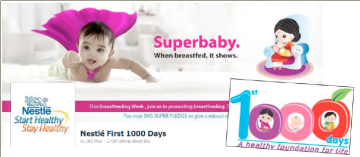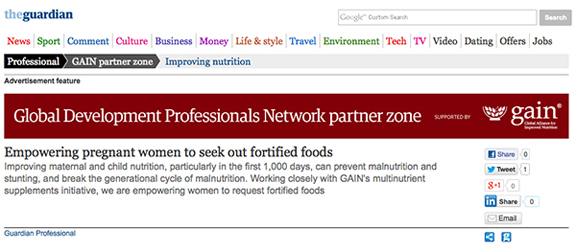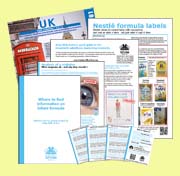New marketing strategies
Milks for mothers

 Malnutrition is a shameful world problem that must be tackled. It is also important that pregnant and lactating mothers have access to enough and appropriate food. But is the marketing of micronutrient powders and special formulas and supplements for mothers and babies the answer?
Malnutrition is a shameful world problem that must be tackled. It is also important that pregnant and lactating mothers have access to enough and appropriate food. But is the marketing of micronutrient powders and special formulas and supplements for mothers and babies the answer?
While Folic Acid, Vitamin D and other supplements may be important for pregnant women, requirements will vary from region to region and sector to sector. Nutrition interventions must be based on independent systematic reviews of evidence and must be properly controlled and managed by governments, not left to companies, many of whom will push anything as long as it is profitable.

When governments take action to ban the promotion of breastmilk substitutes, companies seek other ways to reach mothers. The promotion of formulas for mothers allows them to claim to be supporting breastfeeding while undermining womens' confidence in their bodies' competence to do it. When products are cross-branded with baby milks the door is opened to a range of products for the whole life cycle. Soon everyone starts to believe that unprocessed, cheaper and often more nutritious foods are somehow lacking.
It's not just the manufacturers of breastmilk substitutes. Companies such as Ajinomoto (the Japanese sweetener and MSG producer), DSM (Europe’s largest vitamin and formula ingredients manufacturer) and Pepsi are all seeing the commercial potential of the 'first 1000 Days.'

World Health Assembly Resolution 55.25 urges Member States:
to ensure that the introduction of micronutrient interventions and the marketing of nutritional supplements do not replace, or undermine support for the sustainable practice of, exclusive breastfeeding and optimal complementary feeding.

GAIN-sponsored ‘Nutrition Hub’ on the Guardian website. The headline: 'Empowering pregnant women to seek out fortified foods' uses the term 'empowering' instead of 'advertising to.' It suggests that fortified products are essential for pregant women. January/February 2014.






